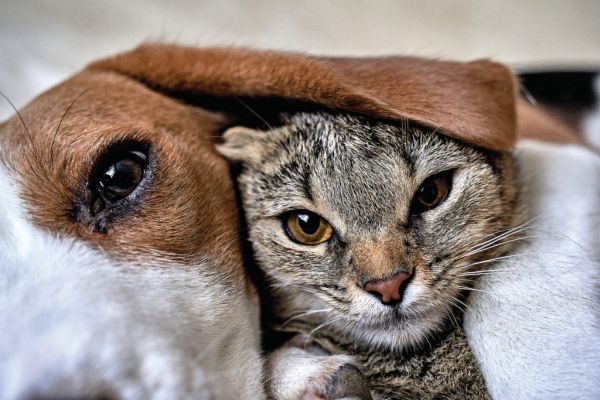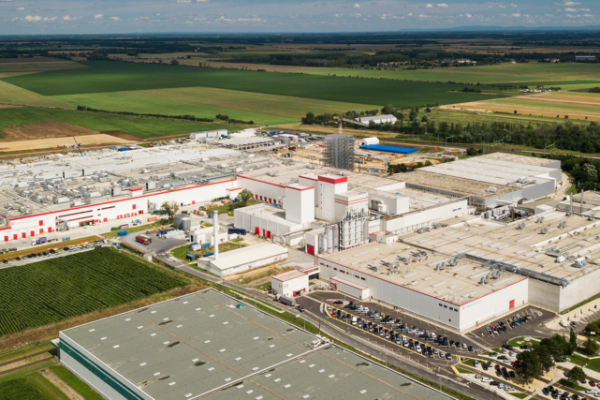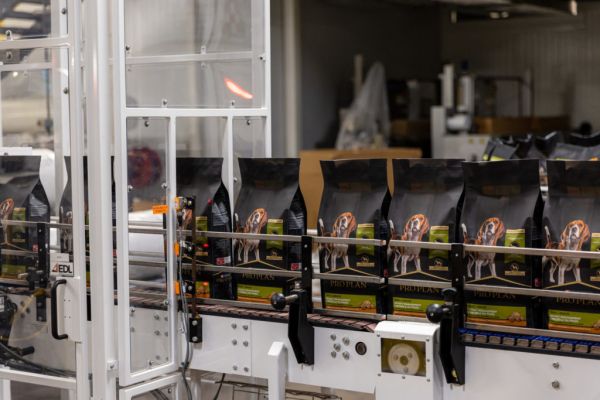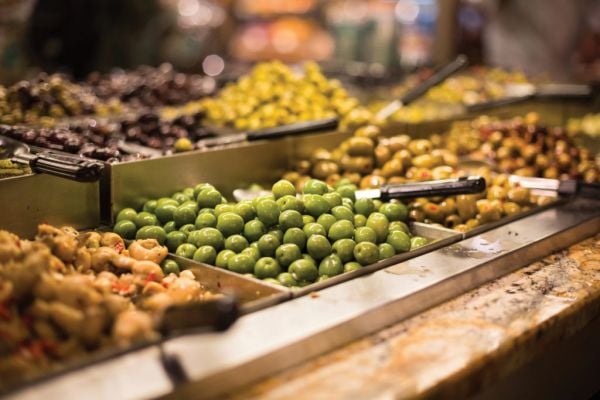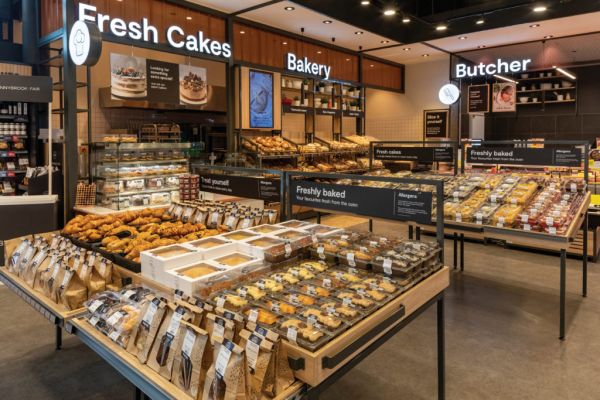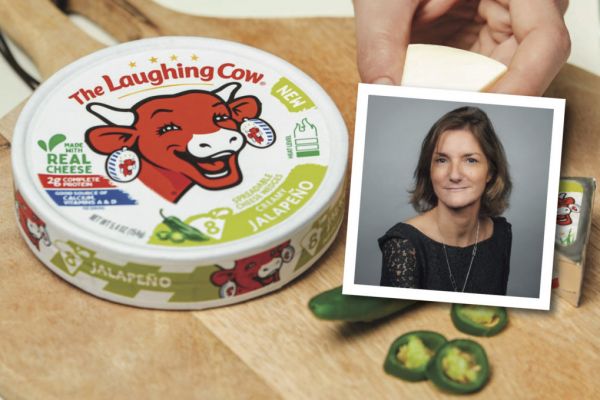With pet ownership surging in recent years, the pet food and pet products sector has a promising future ahead. This article first appeared in ESM March/April 2023.
In challenging times, thank heavens for our furry friends. Pet ownership surged during the COVID-19 pandemic, putting the pet food and pet products sector in an opportune position as we head towards the mid-part of the decade.
Factors driving the sector include increased demand for organic and premium pet food, a growing middle class in emerging markets, surging demand for health-and-wellness and therapeutic pet foods, and the growth of the e-commerce channel.
At the same time, market growth is also hindered by a lack of transparency in pet food products regarding the ingredients used (with the ‘humanisation’ of pets leading to a greater demand for high-quality, nutritious ingredients) as well as production and supply chain discrepancies – all factors, it could be argued, that could equally apply to any number of food and beverage categories.
Market Value
According to a recent report by Valuates Reports, the global pet food market was worth $87.3 billion (€73.4 billion) in 2020, and it is projected to reach a value of $133.4 billion (€112.1 billion) by 2030, registering a compound annual growth rate (CAGR) of 4.6% over the ten-year period.
The dog sector commands the largest market share, accounting for $39.64 billion (€33.4 billion) in sales in 2020. By 2030, it is projected to have grown to $61.05 billion (€51.4 billion), at a CAGR of 4.7%. In addition, dry food is the biggest segment within the overall pet food sector, accounting for $29.39 billion (€24.8 billion) in sales in 2020, and with projected sales of $47.94 billion (€40.4 billion) by 2030, a CAGR of 5.3% over the forecast period.
In terms of sales channels, the specialty pet store segment commands the greatest market share, according to Valuates Reports. It accounted for sales of $31.41 billion (€26.5 billion) in 2020 and is projected to reach $50.53 billion (€42.6 billion) by 2030, at a CAGR of 5.1% over the forecast period.
North America currently accounts for the largest share of the global pet food market, with a value of $30.37 billion (€25.6 billion) in 2020. It is projected to reach $48.43 billion (€40.8 billion) by 2030, with a CAGR of 5.0%.
Positive Growth
It’s no surprise, therefore, that businesses with a vested interest in pet food are looking ahead to the rest of the decade with optimism.
Announcing its full-year results last month, Nestlé, home to the Purina brand (as well as natural pet-food brand Lily’s Kitchen), noted that its Pet Care division was its strongest-performing segment in 2022, with organic sales growth of 14.5% (the second-strongest category, water, saw 11% growth). Also, Pet Care accounted for 19% of overall sales last year, making it Nestlé’s second-biggest category in terms of value sales.
Notably, the group cited ‘science-based and premium brands’ Purina Pro Plan, Purina ONE and Fancy Feast, as well as veterinary products, as the core drivers of this growth.
Elsewhere, Thai-based pet food firm i-Tail Corporation (part of Thai Union Group) has noted that premiumisation, sustainability, and the ‘humanisation’ of pets are all factors that led to it reporting a 47.4% increase in full-year sales last year, to THB 21.4 billion (€580 million).
“The increase in pet ownership during the pandemic has driven strong consumer demand for pet food across the world,” Pichitchai Wongpiya, CEO of i-Tail Corporation, tells ESM. “For example, in Japan pet adoption rates increased by 15% during the pandemic. i-Tail’s business has therefore benefited from this phenomenon, growing at 25% CAGR between 2019 and 2022 – outperforming the industry by a multiple of three.”
The group also recently announced a THB 4.2 billion (€110 million) capital expenditure programme up to 2025, with which it will seek to double down on premium-quality products.
“This premiumisation is the result of consumer humanisation of their pets, with many people now caring for their pets and animals much similar to how they would for a family member,” says Wongpiya. “Therefore, in 2023, we are continuing to focus on innovation and new product launches to benefit from these trends. These may include functional benefits, pet supplements, as well as pet treats.”
Market Factors
FMCG Gurus recently undertook some market research about pet ownership, with four in five consumers stating that the reason that they own a pet in the first place is due to ‘having loved animals since childhood’, reinforcing the importance of pets as members of the family.
When feeding their pets, four in five tend to use dry food, FMCG Gurus added, with a ‘significant proportion’ reinforcing this with functional products, pet supplements, and the occasional treat.
Eleanor Johnson, data analyst at FMCG Gurus, tells ESM, “In addition, treats indicate owners’ fondness of their pet, wishing to treat them like a family member by allowing them to partake in [a] small daily indulgence.”
FMCG Gurus’ research also found that most (three in five) pet owners are concerned about their pets’ weight, with seven in ten ‘taking action’ to help their pets lose weight – overfeeding is commonplace in households in which the pet is a treasured member of the family.
“When purchasing pet foods, most owners would say that nutritional value is the most important factor, with active health claims also being of high importance,” says Johnson. “This highlights how owners want their pets to enjoy the sensory elements of their food, but the priority being [that] the product is able to contribute to an overall healthy diet.”
Taking A Closer Look
As a result of this, pet owners are likely to be particularly attentive to the ingredients in the products that they purchase, necessitating the need for clear, easily understandable labelling. Three in five pet owners state that branded health ingredients are important when choosing what pet products to purchase.
“When it comes to ingredients and claims, owners are most likely to seek out products that aid digestive health,” Johnson adds. “Pet owners would rather seek out specific claims – as opposed to general health and wellness claims – indicating that owners would like to know the specifics of how a product will benefit their pets’ health. Protein is the most appealing ingredient, closely followed by calcium.”
Sustainability is another factor to consider – three quarters of pet owners believe that it is important that pet brands ‘promote their ethical and environmental credentials’, according to FMCG Gurus.
This approach has been embraced by i-Tail, which seeks to formulate its products with “as few ingredients as possible”, Wongpiya explains. “Both transparency and sustainability continue to be key to our business.”
Cost-Of-Living Crisis
Of course, while pet ownership has boomed in recent years, raising a new family member can be costly, and with households under financial strain, many owners are seeking to be more cautious when planning purchases in this category.
Just under two thirds of pet owners believe that an economic downturn will influence their purchasing habits in pet care over the next 12 months, according to FMCG Gurus, however, this varies from region to region, with shoppers in the Asia-Pacific region most likely to state that they believe rising living costs will have a significant effect on their pet purchasing, and shoppers in Europe less likely thereto.
“Pet owners will look to offset rising costs by altering their purchasing habits,” says Johnson. “The most common change consumers will make is taking greater advantage of promotional offers when buying pet products. Other common steps pet owners are taking because of rising costs include cutting down on treats and buying in bulk.”
UK retailer Asda is among those to heed this call, recently introducing a refillable ‘pet bay’ in stores in Middleton (Leeds), York and Milton Keynes, enabling shoppers to cut costs and shop more sustainably. Products available via refill include Dreamies cat treats, Chappie, Pedigree, Harrington’s and Wagg dog food, IAMS dog and cat food, and bird food.
“We know the cost-of-living crisis is having a big effect on our customers, so it is important we recognise this in the refill space, through our ‘refill price promise’ and ensure customers are getting an even better deal,” an Asda spokesperson said.
Elsewhere, i-Tail CEO Wongpiya tells ESM that to-date, consumers have “proven to be reluctant to trade off premium products for economy ones”, however the group is still seeking to reformulate some products so that they can be available at lower price points on the shelf.
Shoppers have had to make trade-offs in recent months when it comes to the foods they purchase and consume. Whether the family pet will soon face the same dilemma, however, remains to be seen.
© 2023 European Supermarket Magazine – your source for the latest retail news. Article by Stephen Wynne-Jones. Click subscribe to sign up to ESM: European Supermarket Magazine.
